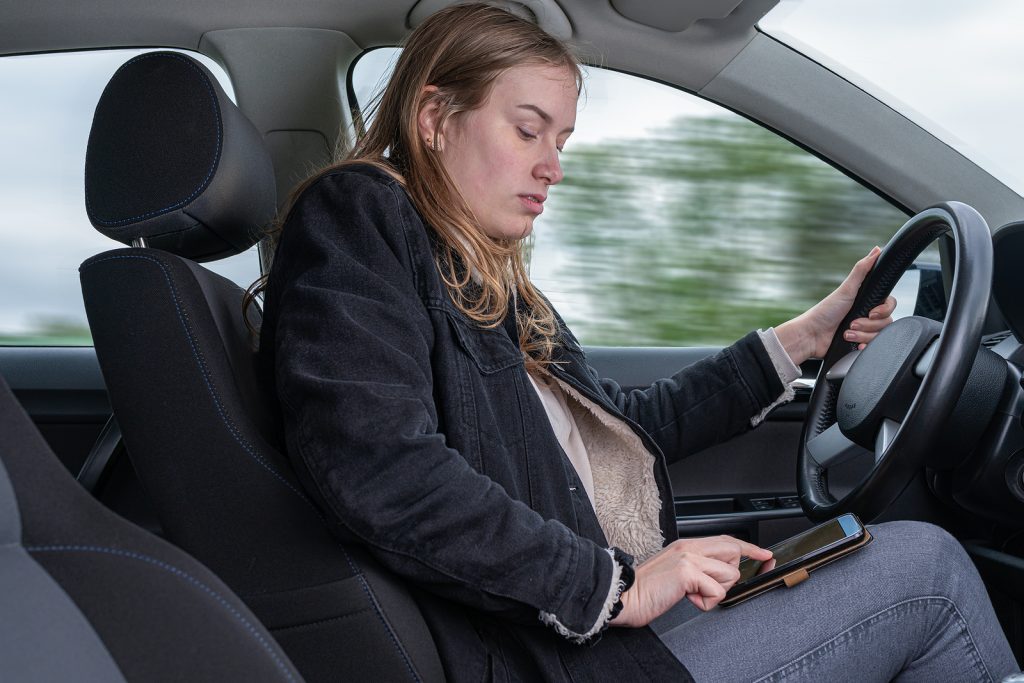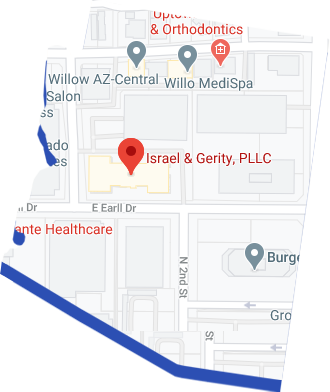Technology like lane-staying equipment can enhance driving. Overreliance can undermine the safety features of these gadgets and lead to distracted driving, according to a AAA study.
Technology should never replace an attentive and engaged driver, according to AAA. The AAA Foundation and Virginia Tech Transportation Institute published the 104-page study — Understanding the Impact of Technology: Do Advanced Driver Assistance and SemiAutomated Vehicle Systems Lead to Improper Driving Behavior? — in December 2019.
The study amounts to a warning about the advances that are intended to improve the comfort and safety of driving. Technology installed in cars, like adaptive cruise control and lane-keeping assistance, can control parts of the driving task for extended periods of time. That can lead to drivers disengaging from their driving responsibilities.
Data collection for the study occurred in 20 months between November 2016 – June 2018. Of the 30 participants, 22 were male and eight female. The age range of participants in the study was: eight between 25-39; 15 between 40-54; and seven between 55-77.
How ADAS experience is linked to distracted driving
The study found that drivers with experience using advanced driver assistance systems were nearly twice as likely to engage in distracted driving while using the systems compared to when they were driving without the systems.
In the study, motorists in one group owned a car equipped with this technology. So, they were experienced using the systems.
Adaptive cruise control automatically adjusts speed in order to maintain a proper distance between cars in the same lane. This is achieved through a radar headway sensor, digital signal processor and longitudinal controller, according to howstuffworks.com.
Lane-keeping technology uses a forward-facing camera built into the rear-view mirror. The camera scans for lane markings on the road, looking for the contrast of white or yellow lines against a dark surface, according to The Globe and Mail of Toronto, Canada.
If the driver’s car is getting too close to a line without the lane-change signal being activated, the system displays a warning on the instrument panel. It also emits a beeping alert or sends a vibration to the steering wheel. Absent corrective action from the driver, the technology gently moves the steering wheel in an effort to move the car away from the line.
Different distracted driving behaviors
Using this technology, drivers who participated in the study found that distracted driving behaviors included:
- Cellphone browsing, talking, texting
- Adjusting the radio or instrument panel
- Smoking a cigarette
- Eating or drinking
- Talking with other passengers
- Talking or singing
Alternatively, drivers with less experience and familiarity using the technology were less likely to drive while distracted with systems activated. This was compared to when systems were not in use. They were more likely to stay attentive and engaged in driving.
One of the study’s findings suggests that drivers trust the technology with at least some level of extended use. That leads to a concern that “were the systems to fail, especially when the driver’s attention is focused elsewhere, it is questionable whether the driver would have the ability to recover control of the vehicle in time to prevent a crash.”
Contact Israel & Gerity in Phoenix, Arizona today for help with crashes involving long-term use of vehicle technology and disengaged drivers.





 (833) 274-4400
(833) 274-4400



